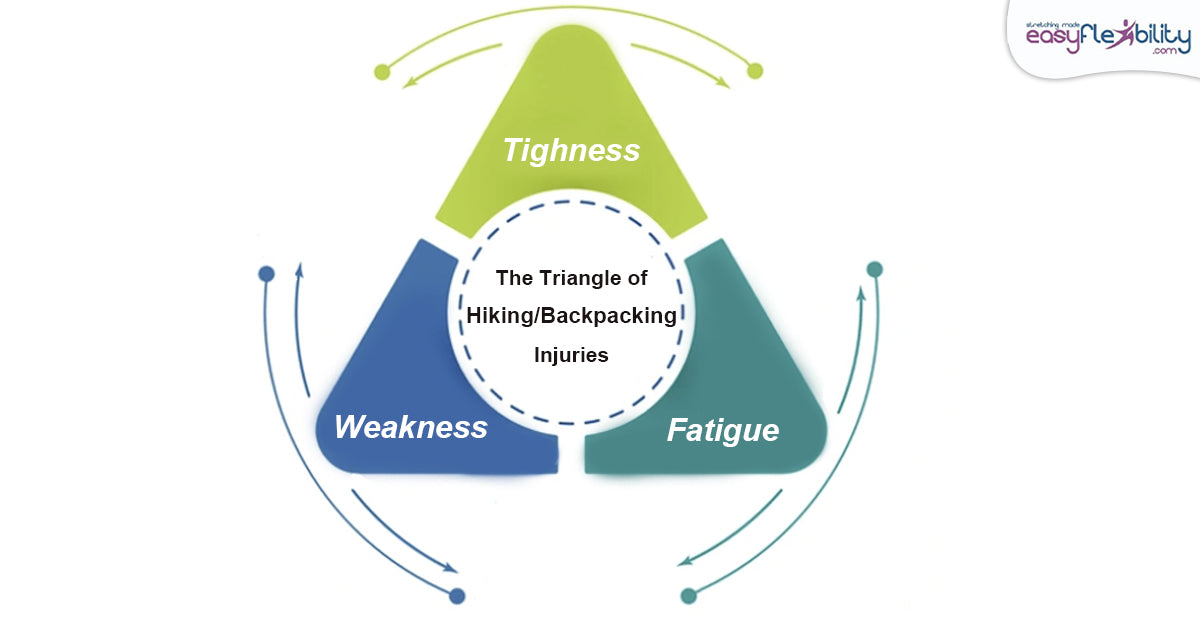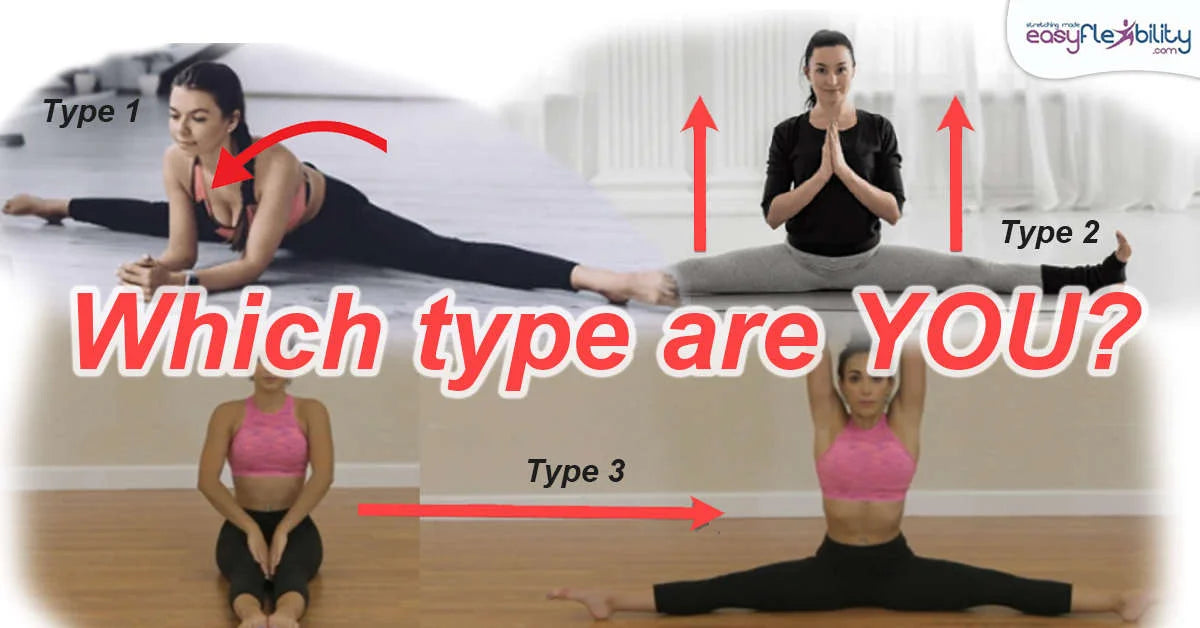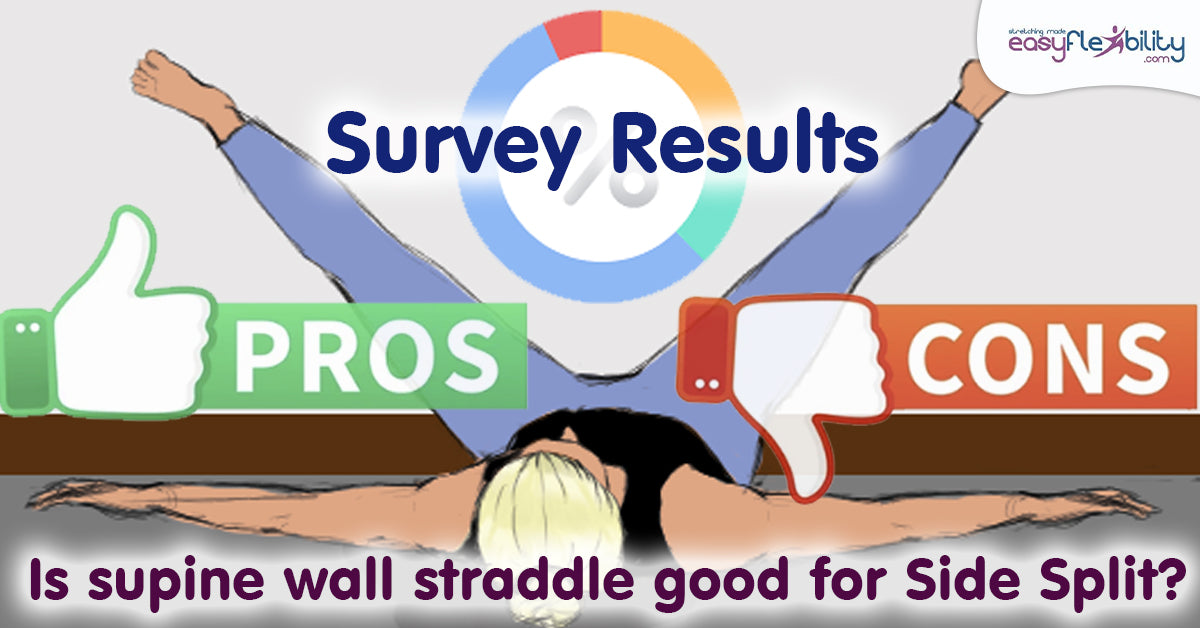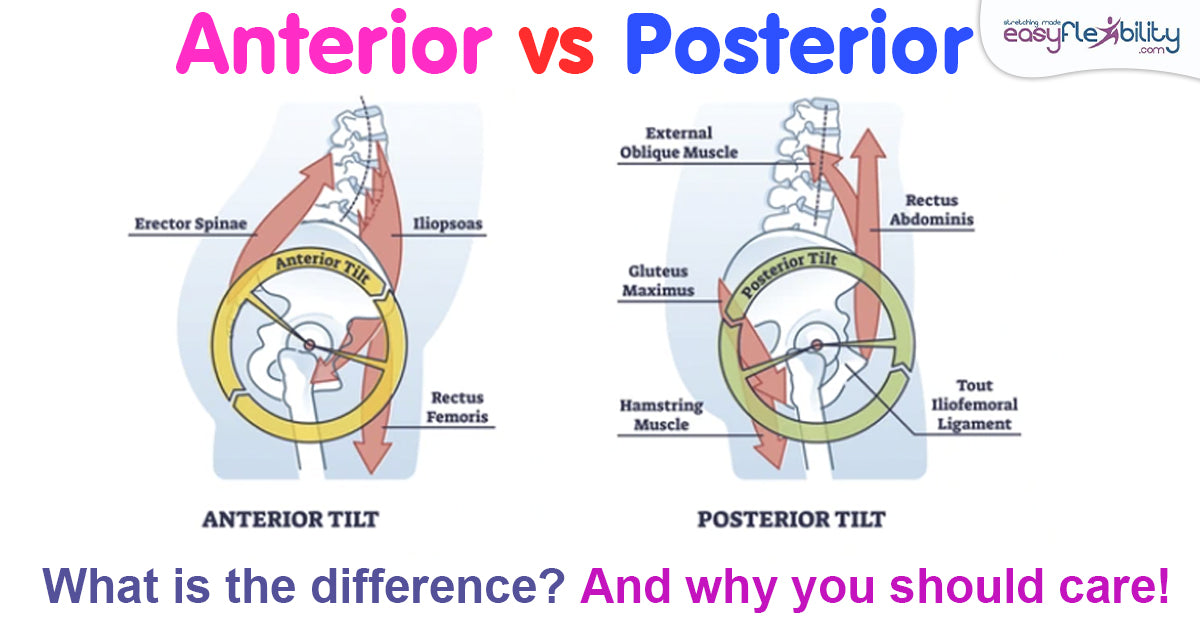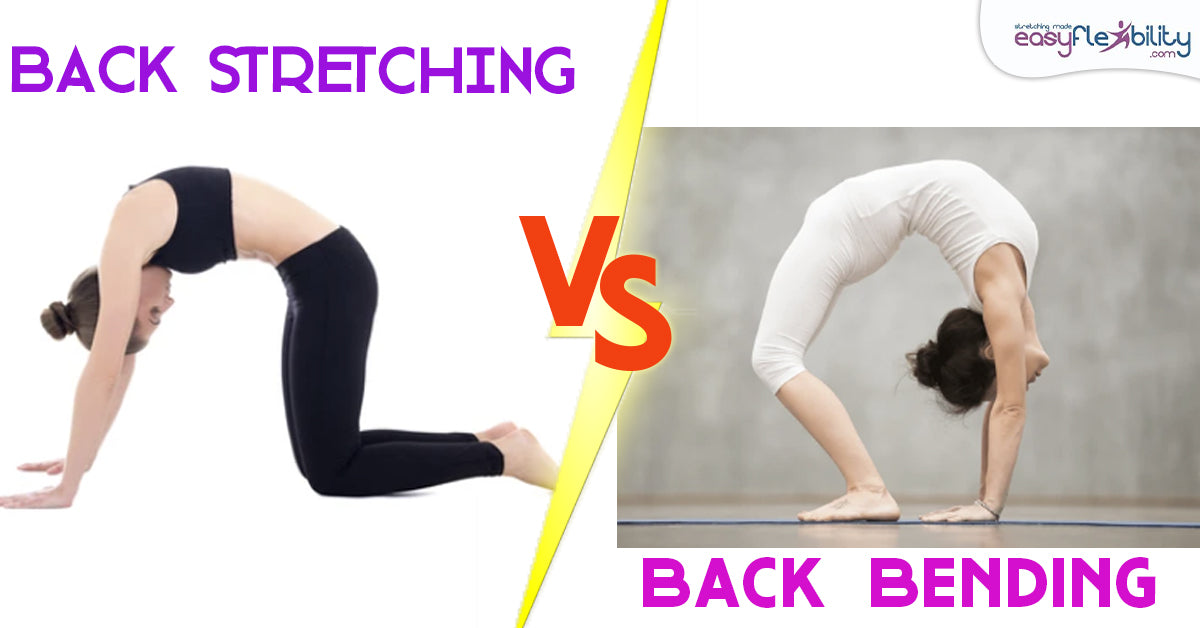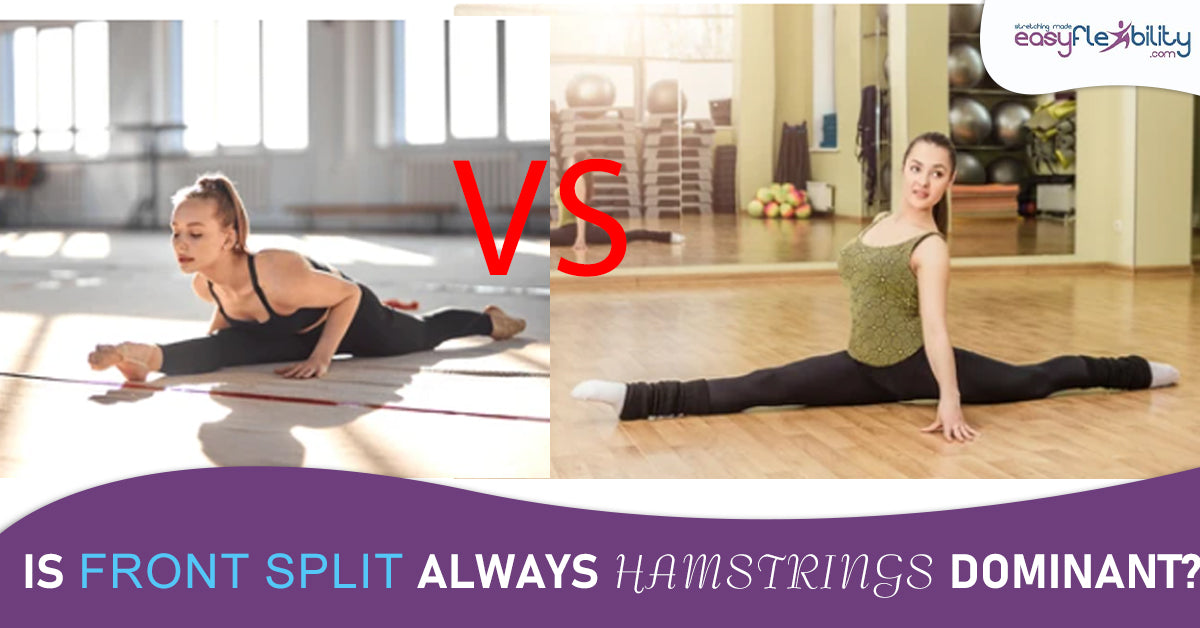How long should you stretch for to get maximum results? (Case Study)
Posted by Paul Zaichik on

The question that often comes up is “How long should your stretching session be?” Should it be 30 minutes? An hour? 2 hours? And does it even make a difference? Turns out that it does!
According to a research study conducted by EasyFlexibility in August of 2022, the length of your stretching workout matters a lot! We took a large random sample of EasyFlexibility practitioners who are using our Stretch180 app to keep track of their weekly and overall progress, and decided to see why some people have a better rate of progress than others.
According to a research study conducted by EasyFlexibility in August of 2022, the length of your stretching workout matters a lot! We took a large random sample of EasyFlexibility practitioners who are using our Stretch180 app to keep track of their weekly and overall progress, and decided to see why some people have a better rate of progress than others.
How long is your stretching session?
The first question we asked, among many questions was “How long is your stretching session?” The answers that we got were compared to the database of each person, seeing what their weekly and overall rate of flexibility progress was. And the answers we got may or may not surprise you.
Perhaps you have experienced the same thing on your own and simply need a confirmation that what you're doing is correct. Or perhaps the results of our study will give you a guideline on how long to stretch.
Perhaps you have experienced the same thing on your own and simply need a confirmation that what you're doing is correct. Or perhaps the results of our study will give you a guideline on how long to stretch.
We asked survey respondents to select categories of the average stretching time:
- 30 to 45 minutes,
- 45 to 60 minutes,
- 60 to 90 minutes.
We also gave people an option of over 90 minutes and below 30 minutes. However, so few people have selected these options that we could not include these samples into our comparison because the percentage of respondents in those groups was not large enough and would not have been indicative of the total picture.
Therefore, we compared three different lengths of stretching workouts. We took out the top and bottom significant deviations. In other words, if someone had extremely slow rate of progress or extremely fast rate of progress compared to the majority of people, we realized that it could be a fluke and did not count these results. Because our sample was large we were able to focus on the 3 groups mentioned and really zoom in on the findings.
What we found.
What we found is:
- Those who’s stretching session lasted 30 – 45 minutes (Group 1) saw some flexibility gain.
- Those who’s stretching session lasted 45 – 60 minutes (Group 2) more than doubled their flexibility gains, as compared to the first group.
- Those who’s stretching session lasted 60– 90 minutes (Group 3) nearly tripled their flexibility gains, as compared to the first group.
Now, keep in mind that this study did not give options such as 30 minutes, 31 minute or 35 minute stretching sessions. Therefore, it's not possible to say if people in Group 1, worked out for 30 minutes or worked out 45 minutes. The same way in Group 2 it is not possible to say if 45 minutes to 60 minutes was actually 45 minutes or 60 minutes. Now, people who were in the third group, which was 60 to 90 minutes, had almost tripled their flexibility gains. This means that people in the third group who did their stretching workout 60 – 90 minutes got higher progress.
A quick discussion about the results.
If you follow an EasyFlexibility program, you will notice that in the beginning of a program there is a warm up. The flexibility of training starts after the warm up. The training for flexibility itself is known as Zaichik Stretching Techniques, followed by the supporting exercises.
Thus, people in the second group had a lot more time to do the Zaichik Stretching Techniques and the supporting exercises. And this, of course, would explain the fact that their flexibility rate doubled. People in the third group included the cooldown exercises, which means that those exercises were not aimed at getting flexible but simply at cooling down. Which means that. The people in third group definitely got much higher progress, but it began to slightly drop off for the amount of time invested.
There's a large correlation to our previous study, which was an in studio study, a more controlled study, where we were trying to figure out the best number of rounds. In the EasyFlexibility system one round is a ZST (Zaichik Stretching Technique) followed by the supporting exercise. And we found out at that time that the optimum number of rounds is between five and six. Five and six rounds obviously take longer to do than two rounds or four rounds and this correlates with the fact that a longer workout brought on more flexibility gains.
Thus, people in the second group had a lot more time to do the Zaichik Stretching Techniques and the supporting exercises. And this, of course, would explain the fact that their flexibility rate doubled. People in the third group included the cooldown exercises, which means that those exercises were not aimed at getting flexible but simply at cooling down. Which means that. The people in third group definitely got much higher progress, but it began to slightly drop off for the amount of time invested.
There's a large correlation to our previous study, which was an in studio study, a more controlled study, where we were trying to figure out the best number of rounds. In the EasyFlexibility system one round is a ZST (Zaichik Stretching Technique) followed by the supporting exercise. And we found out at that time that the optimum number of rounds is between five and six. Five and six rounds obviously take longer to do than two rounds or four rounds and this correlates with the fact that a longer workout brought on more flexibility gains.
The increased number of rounds optimize flexibility gains.
Now, it's important to define flexibility gains here. Flexibility gains are permanent gains in flexibility that carry over and add up. These are not flexibility gains in a single workout. This means that someone who does not have experience with Easyflexibility way of training, but has experience with other forms of stretching might read this and think “Well, of course a person who exercises longer gets more flexible because the longer they exercise, the more they warm up, the more the muscles loosen up and the more flexible a person is going to be.” This is not what the study was measuring. The study was measuring week to week flexibility gains and overall flexibility gains.
The gains and flexibility were retained. In other words how many degrees in their flexibility did they gain in 2 months vs 3 months, etc., We were able to measure this because our Stretch180 app can keep track of progress. And so we were also looking at how much did they gain overall? Did they go from 30 degrees to 50 degrees? Did they go from 30 degrees to 80 degrees versus length of time? Someone improved in 45 to 60 minute workout range and 60 to 90 minute range. So again, this study supports our previous study of the fact that the increased number of rounds optimize flexibility gains.
In our next article we will share our other findings with you that affected people’s flexibility such as time of the day that is best to workout at, or the optimal temperature of the room, what type of food is best to avoid or include in your daily meal plans for increased flexibility, stress level and other interesting findings. Stay tuned!
The gains and flexibility were retained. In other words how many degrees in their flexibility did they gain in 2 months vs 3 months, etc., We were able to measure this because our Stretch180 app can keep track of progress. And so we were also looking at how much did they gain overall? Did they go from 30 degrees to 50 degrees? Did they go from 30 degrees to 80 degrees versus length of time? Someone improved in 45 to 60 minute workout range and 60 to 90 minute range. So again, this study supports our previous study of the fact that the increased number of rounds optimize flexibility gains.
In our next article we will share our other findings with you that affected people’s flexibility such as time of the day that is best to workout at, or the optimal temperature of the room, what type of food is best to avoid or include in your daily meal plans for increased flexibility, stress level and other interesting findings. Stay tuned!
© ElasticSteel Corp., EasyFlexibility, Paul Zaichik, et. El., 2022. No part of the materials available through ElasticSteel.com, EasyFlexiiblity.com, site may be copied, photocopied, reproduced, translated or reduced to any electronic medium or machine-readable form, in whole or in part, without prior written consent of Paul Zaichik EasyFlexibility.com, Elasticsteel.com.. Any other reproduction in any form without the permission of Paul Zaichik EasyFlexibility.com, Elasticsteel.com is prohibited. All materials contained on this site are protected by United States copyright law and may not be reproduced, distributed, transmitted, displayed, published or broadcast without the prior written permission of Paul Zaichik, EasyFlexibility.com, Elasticsteel.com.
Share this post
- 0 comment
- Tags: best stretches for splits, Hamstring Flexibility, how to stretch for splits, how to stretch to do splits, kinesiological stretch, kinesiological stretching, split stretch, split stretches, strengthen, stretches for splits, stretching, stretching for middle splits, stretching for splits, stretching with yoga strap, yoga for stretch and flexibility
0 comment

